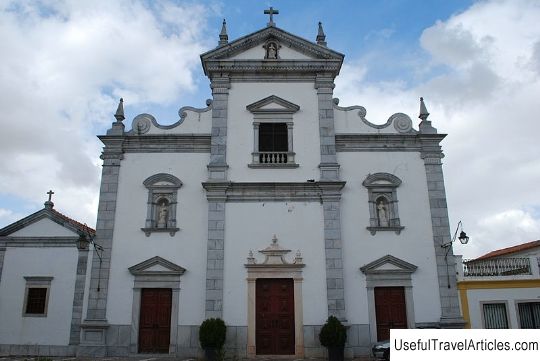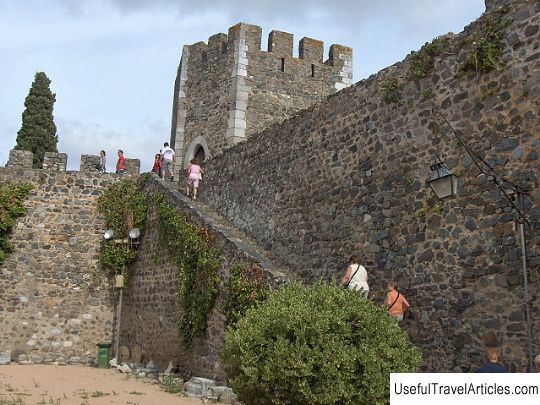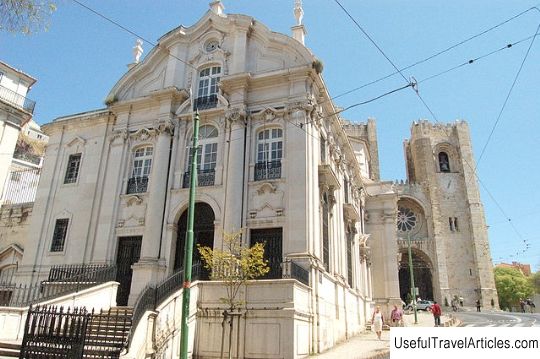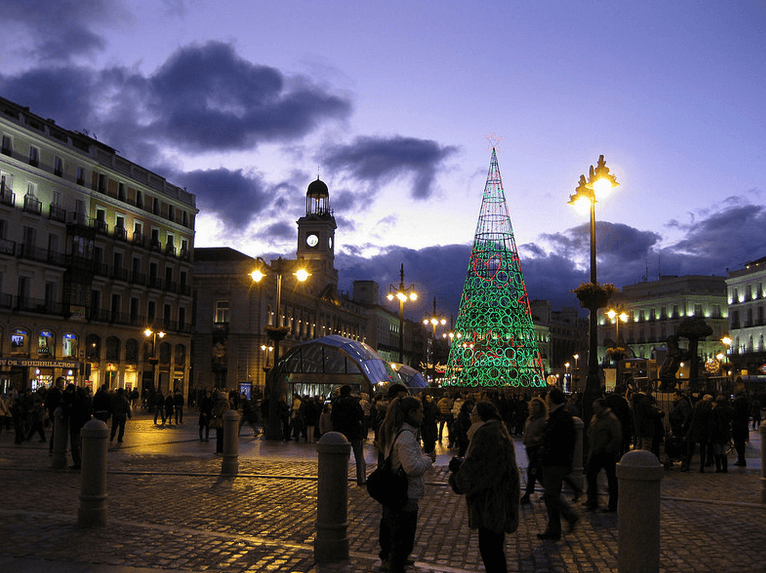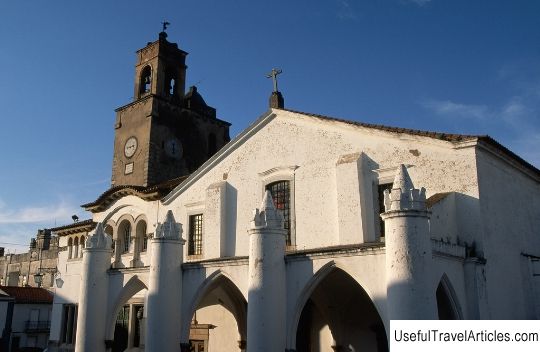Visigothic Museum in the Church of Santo Amaro (Igreja de Santo Amaro) description and photos - Portugal: Beja
Rating: 7,8/10 (7012 votes) 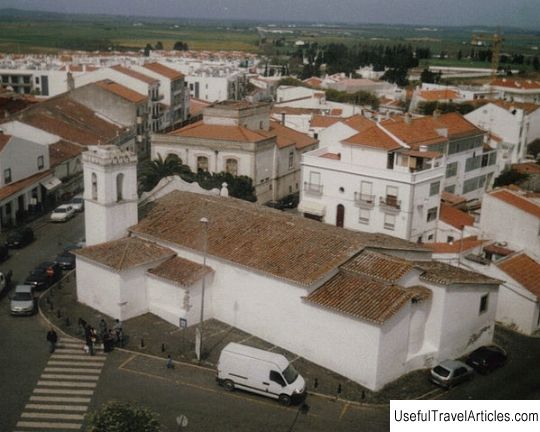
Visigothic Museum in the Church of Santo Amaro (Igreja de Santo Amaro) description and photos - Portugal: Beja. Detailed information about the attraction. Description, photographs and a map showing the nearest significant objects. The title in English is Igreja de Santo Amaro. Photo and descriptionBeja is the second largest city in the province of Alentejo, which covers an area of one third of Portugal. The city sits on a hill and is full of historic buildings with Arab history. In ancient times, the location of the city was of great strategic importance, as it rose above the flat lands of Baixu Alentejo. The first settlers in the city appeared in Celtic times. A little later, the city was ruled by the Romans. At the time of the Visigoths, the residence of the Visigothic bishop was located in Beja, and the city was called Paka. Around this time, the Church of Santo Amaro was built, which is located near the watchtower of the city's castle. This church is one of the four surviving pre-Romanesque churches in Portugal and is also one of the oldest churches in Bejo. Some parts of the building date back to the 6th century. The facade of the building is decorated with Mudejar-style windows. The columns inside the church were built by the Goths and decorated with carved foliage and geometric shapes. The column deserves special attention, which depicts birds attacking a snake. Over the centuries, the church has been rebuilt many times. In the XV-XVI centuries, significant reconstruction work was carried out, the basilica was rebuilt, and in this form we can see the church today. The church houses a small archaeological museum, where you can see archaeological finds from the Visigoth era, most of which were collected within Beja, as well as trace changes in architecture during the transition from Romanesque to Visigothic style. Every January, there is the festival of Santo Amaro, the patron saint of this church. It is believed that St. Amaru helps disabled people. On this day, pastries are baked in the shape of hands and feet, and it is believed that those who have tasted these pastries will always have healthy hands and feet.      We also recommend reading National Park ”Madoni” (Parco nazionale delle Madonie) description and photos - Italy: Sicily Island Topic: Visigothic Museum in the Church of Santo Amaro (Igreja de Santo Amaro) description and photos - Portugal: Beja. |
